#1 Malta has two official languages, Maltese and English
Malta has two official languages: Maltese (Malti) and English.
Maltese (Malti) is the national language, spoken by nearly 83% of the population. English, on the other hand, is the language of business, commerce, and tourism, and is spoken by more than 90% of the population.
Malta was a part of the British Empire for 164 years; hence, the English language has remained as one of the two official languages of the country.
Malta is thus one of the popular destinations for students wishing to learn English. Every year, nearly 52,000 students come to undertake an English language course in Malta.
#2 Malta is the smallest member state of the European Union
The total area of the Maltese islands is only 316 km². The small Mediterranean archipelago, located just off Sicily, is therefore the smallest state in the European Union.
The largest of the islands, the main island, is also called Malta. It is only 27 km long and 15 km wide.
#3 Driving on the island is on the left
Another peculiarity inherited from the British occupation, cars drive on the left across all the islands of the archipelago. Therefore, the steering wheel is located on the right side of the cars.
Malta is also the second country in Europe in terms of the number of motor vehicles per inhabitant, after Luxembourg. The island is overloaded with more than 400,000 vehicles in circulation. Traffic in Malta is very dense, and drivers tend to drive fast. It is therefore necessary to be cautious when traveling by car, but also as a pedestrian when crossing the road.
#4 The capital of Malta is listed on the UNESCO World Heritage List
The capital of Malta, Valletta, has the distinction of being on the UNESCO World Heritage List since 1980.
Valletta is a fortified city named after the knight Jean de La Valette, Grand Master of the Order of Malta from 1557 to 1568 and hero of the Great Siege of Malta.
Jean de La Valette initiated the construction of the current capital of Malta on Mount Xiberras (now Valletta). He supervised the construction of monumental fortifications to protect the harbor from another Ottoman invasion.
Visiting Valletta is a must-do when traveling to Malta. Valletta is an open-air museum where every alley is steeped in history. Valletta has more than 320 monuments, including exceptional buildings like the St. John’s Co-Cathedral, the inns of the Order of Malta, Fort St. Elmo, the Manoel Theatre, etc.
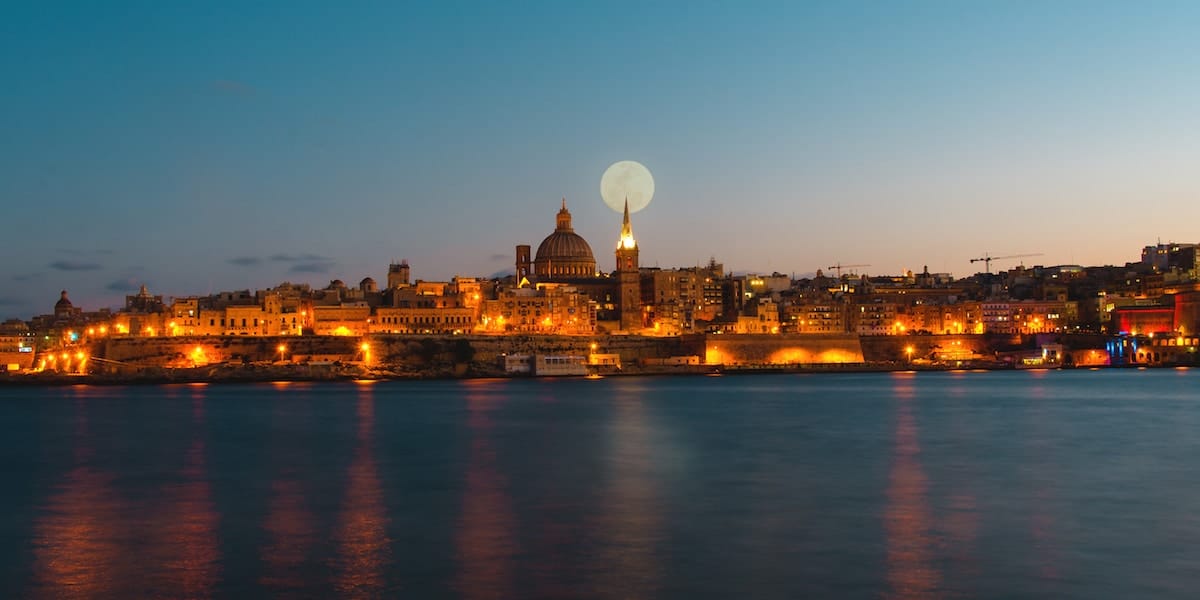

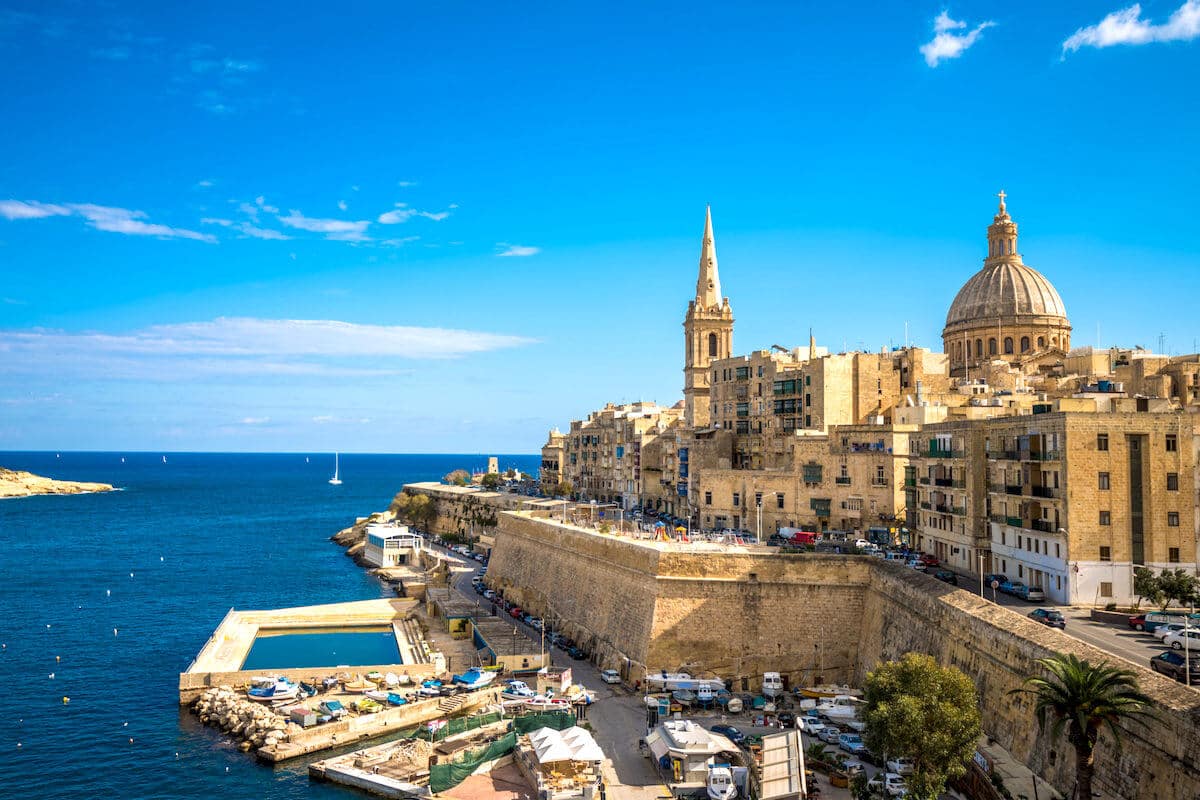
Malta also has two other historical sites on the World Heritage List: the Ħal Saflieni Hypogeum and the seven Megalithic Temples of Malta.
#5 Malta is the least populous country in the European Union
With 542,051 inhabitants, Malta is the least populous country in the European Union. It is surpassed by Luxembourg with 640,000 inhabitants and Cyprus with 1.2 million inhabitants. However, Malta’s population has experienced a significant increase over the past ten years, growing by nearly 30%.
The population census in Malta should be taken with caution. Malta is both a highly touristy destination and popular with expatriates. Tourists in Malta for long stays, students enrolled in a language school, and many expatriates are not counted, which in reality significantly inflates the number of people actually present on the island.
#6 25% of Malta’s population is of foreign origin
Malta is one of the countries with the highest number of residents of foreign origin. In 2022, 25.3% of Malta’s residents are of foreign origin.
Among the nationalities of foreign nationals most present in Malta, there are residents of Italian origin (about 14,000 residents), residents of English origin (about 10,600 residents), residents of Indian origin (about 7,800 residents), and residents of Philippine origin (about 7,500 residents).
#7 The Euro is the official currency of the island
Malta joined the European Union on May 1, 2004, and subsequently opted to join the Eurozone on January 1, 2008. The former Maltese lira was thus replaced by the Euro. The island state is part of the 19 member states of the eurozone, the common monetary area.
#8 Tap water in Malta is desalinated
The island’s natural water reserves are very low. The country contains no lakes, springs, or rivers within its territory, and the groundwater beneath the island is partly contaminated by seawater.
The only solution for the country to meet the growing needs of its residents and travelers is to desalinate seawater. Therefore, tap water comes from this desalination process. The tap water is potable but not very palatable because it is highly chlorinated. When traveling to Malta, it is strongly advised to only drink bottled water.
#9 Malta International Airport is not located in Valletta
Being an archipelago, the majority of travelers heading to Malta arrive by plane. However, contrary to popular belief, Malta’s airport is not located in Valletta. It is impossible to land an airplane in the middle of the fortified city’s walls.
The Malta Airport is located in the town of Luqa, in the center of the island and 8 km from the capital. So, when planning a trip to Malta, there’s no need to look for flights to Valletta.
#10 Malta has about 60 days of rain per year
The Mediterranean climate is one of the reasons for the success of trips to Malta. The weather in Malta is mild in winter and very warm in summer. Malta has less than 60 days of rain per year, compared to Paris, which has about 170 days of rain per year.
Summers in Malta are very hot and marked by the arrival of the Sirocco. This very dry Saharan wind causes the island’s temperatures to rise quickly from June. Rain is often absent throughout the summer on the archipelago. Winters, on the other hand, are relatively mild with a few rainy episodes. It is also possible to swim all year round in the archipelago, which pleases visitors traveling to Malta.
#11 Malta was occupied by the French
The small Mediterranean archipelago was for a long time a strategic point; the archipelago was the maritime lock of the Mediterranean, an archipelago that had to be conquered before any expansion.
Napoleon Bonaparte thus conquered Malta during a swift incursion en route to his Egyptian campaign. The island remained occupied by French troops from 1798 to 1800, before being handed over to the British Empire. The arrival of Napoleonic troops marked the exile and the end of the Knights of the Order of Malta.
While the British footprint is the most visible on the archipelago, French culture has long influenced the life of the island and is still very present. The two most emblematic masters who marked the Order of Malta and the country, Philippe de Villiers de L’Isle-Adam and Jean de Valette, were French.
#12 Catholicism is the state religion on the island
Malta is one of the most Catholic countries in the world, a legacy of the imprint of the Knights of the Order. The constitution of Malta allows for religious freedom; nevertheless, Catholicism has been enshrined as the state religion.
Currently, 82.6% of the Maltese population is Catholic. Islam, Orthodoxy, and other religions are practiced by about 12.3% of Malta’s inhabitants, while 5.1% are atheists. The percentage of Catholics has significantly dropped in recent years from previously 95%, a decline largely due to the massive immigration in recent years to the archipelago.
Churches have been erected in every corner of the archipelago. A popular saying goes that there are more churches in Malta than days in the year. Indeed, Malta has more than 365 churches and chapels, as well as four cathedrals (St. John’s Co-Cathedral, St. Paul’s Pro-Cathedral, St. Peter and St. Paul’s Cathedral in Mdina, and the Cathedral of the Assumption in Gozo).
This unique concentration of religious buildings was erected during the years of domination by the Order of Malta.
#13 St Paul’s Bay is the most populous city on the island
St Paul’s Bay, with over 32,000 residents, is the most populous city in Malta. It now surpasses the cities of Birkirkara, Mosta, Sliema, and even St Julian’s.
Valletta, with fewer than 6,000 residents, is far behind; the capital has been becoming more deserted year by year.
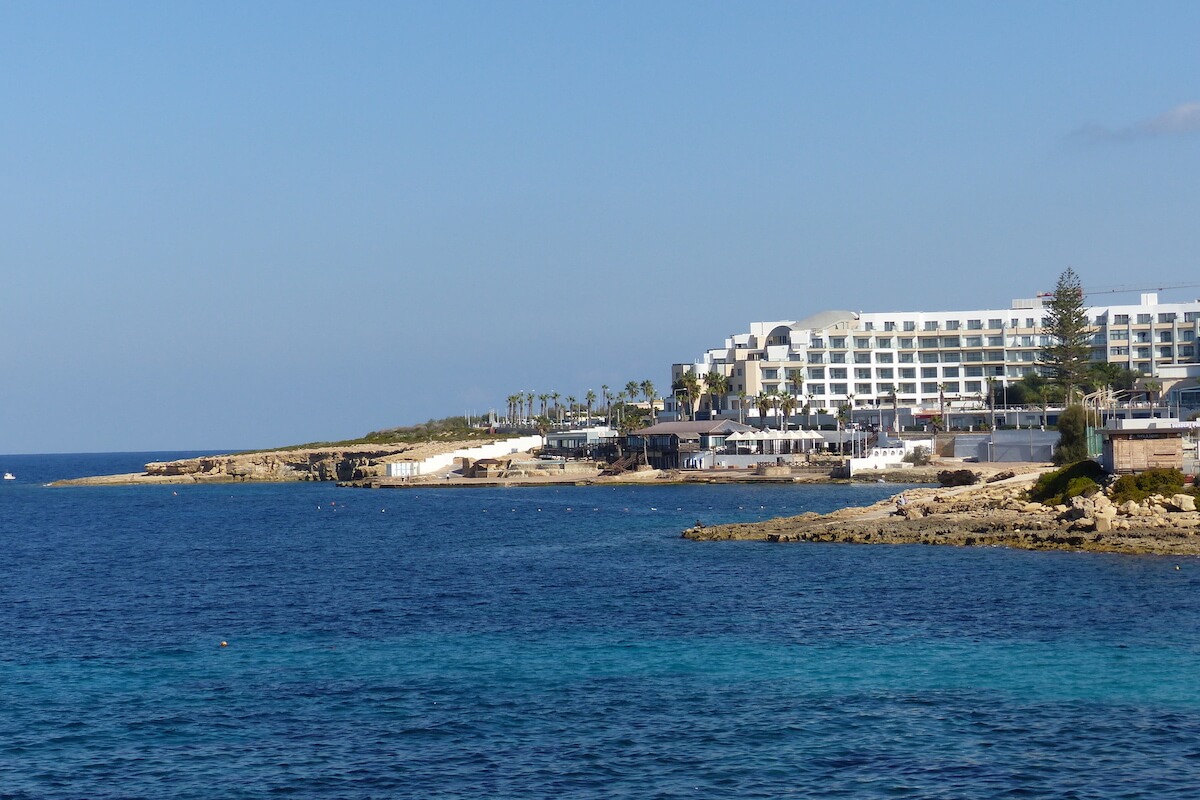
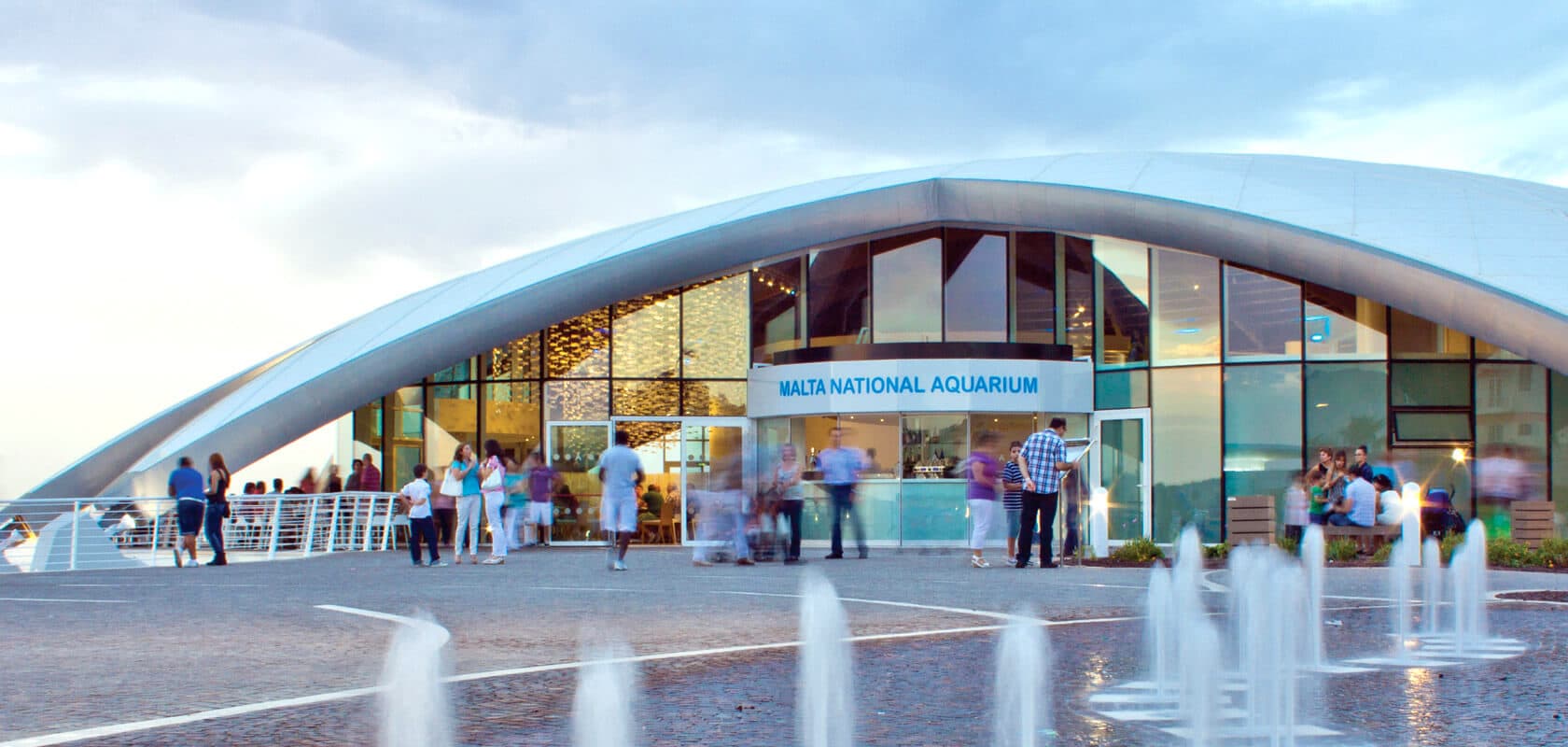
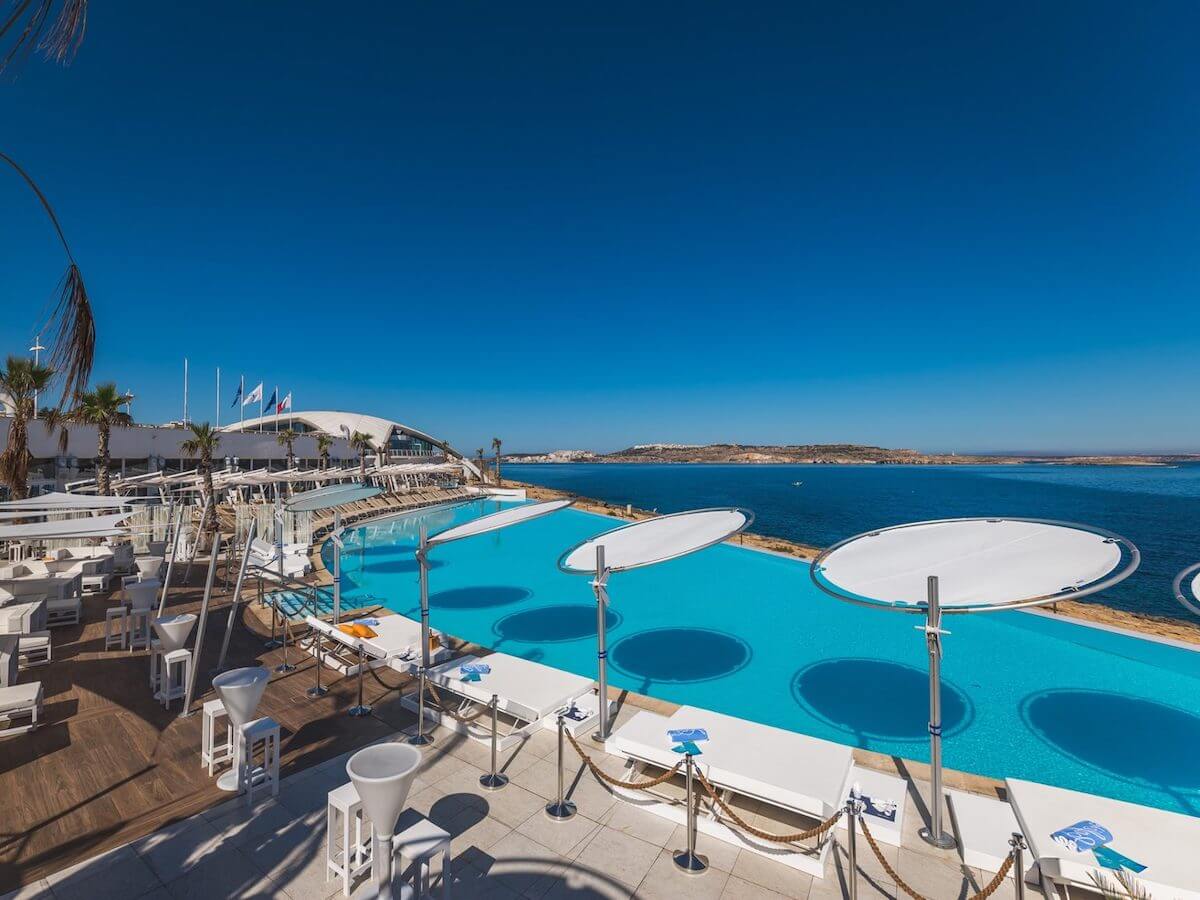
#14 Malta is the country with the highest population density in Europe
The island of Malta, with a population exceeding half a million inhabitants for an area of only 316 km², is one of the countries with the highest population density in the world.
With a density of 1,649 inhabitants per km², Malta is among the top 10 most densely populated countries in the world.
#15 The Maltese archipelago consists of eight islands
The Maltese archipelago is officially made up of eight islands.
Four islands of Malta are inhabited
The four inhabited islands of Malta are: Malta (as the main island), Gozo, Comino, and Manoel Island. Comino and Manoel do not really have residents but rather keepers. Manoel Island can also be considered a peninsula, as it is connected to the town of Gżira by a bridge.
Four islands of Malta are uninhabited
The four uninhabited islands of Malta are: Cominotto (Kemmunett), Filfla, and the two St. Paul’s Islands. The two St. Paul’s Islands are separated by a narrow sea channel of only a few meters.
#16 The metric system is used in Malta
The influence of the former belonging to the British empire is still very much visible on the island, however, Malta adopted the standardized metric system as early as 1972.
Distances are therefore expressed in meters (not yards) and kilometers (not miles). Speed is also expressed in kilometers per hour. Weight is expressed in grams or kilograms and liquids in liters.
#17 Malta is a prime destination for travelers interested in prehistory
The Maltese archipelago is a European benchmark for its prehistoric sites, an aspect often unknown to tourists who travel to Malta.
The island contains several exceptional megalithic sites. Seventeen sites are listed, comprising thirty-three megalithic temples built during the Neolithic period between 5200 and 2500 BC.
The temples of Ħaġar Qim, Ġgantija, and Tarxien are among the most visited archaeological sites.
#18 Each year, several million tourists make a trip to Malta
Malta has become a popular tourist destination in Europe. In the span of 10 years, tourism has doubled on the island. Each year, nearly 2.9 million visitors arrive in Malta, drawn by its seaside, landscapes, a few sandy beaches, and its history.
Tourist activity on the island is today both one of the primary economic resources and the main structural challenge for local authorities.
The arrival of mass tourism has radically changed life on the island and now opens many questions about resource management, as well as the ecological and environmental preservation of the island.
#19 Malta is the European country with the highest number of obese individuals
A sad record, Malta is the country in Europe with the highest obesity rate.
Obesity in Malta affects 28.7% of those over 18 and has become a serious public health problem. Obesity in Malta costs the state between 36 and 56 million euros each year, according to PwC.
#20 Abortion is prohibited in Malta
Malta is the most conservative country in the European Union on the subject of abortion. Abortion in Malta is strictly prohibited, even in cases of rape, fetal abnormality, or even if the mother’s life is at risk.
The law in Malta on abortion or voluntary termination of pregnancy (VTP) is the strictest in Europe. Abortion in Malta is illegal; it is a crime punishable by three years in prison. The inhabitants of Malta, still very attached to conservative Christian values, consider abortion a taboo subject.
#21 The motto of Malta is “Courage and Constancy”
The national motto of Malta is “Virtute et Constantia”, translated as “Courage and Constancy”. The Maltese flag, meanwhile, bears the inscription “For Gallantry”, which means “for bravery”.
Frequently Asked Questions by Visitors Traveling to Malta (FAQ)
What is the spoken language in Malta?
English and Maltese are the two spoken languages in Malta. English is the most widely used language in everyday life on the island (shops, hotels, restaurants, etc.).
How many visitors travel to Malta each year?
Every year, the archipelago of Malta welcomes close to 2.9 million tourists. However, the year 2020 saw a decline due to the global Coronavirus (Covid-19) pandemic.
What is the motto of Malta?
Malta has retained from its chivalric past the motto “Virtute et Constantia”, which translates to “Courage and Constancy”.
Are there any do’s and don’ts when traveling to Malta?
Certain precautions should be taken before traveling to Malta. The archipelago has its customs, and Maltese people are also very attached to Christian traditions, so some behaviors should be avoided. Check the dedicated article 11 tips before traveling to Malta, for a trip to Malta.
Why is abortion prohibited in Malta?
82.6% of the Maltese population is Christian, and nearly 85% of native Maltese are practitioners. Due to religious and cultural heritage, abortion is still prohibited in Malta. Voluntary termination of pregnancy is illegal and punishable by 3 years of imprisonment.
What is the currency used in Malta?
Malta is one of the 19 countries of the eurozone. Therefore, the euro is the currency used throughout the archipelago.
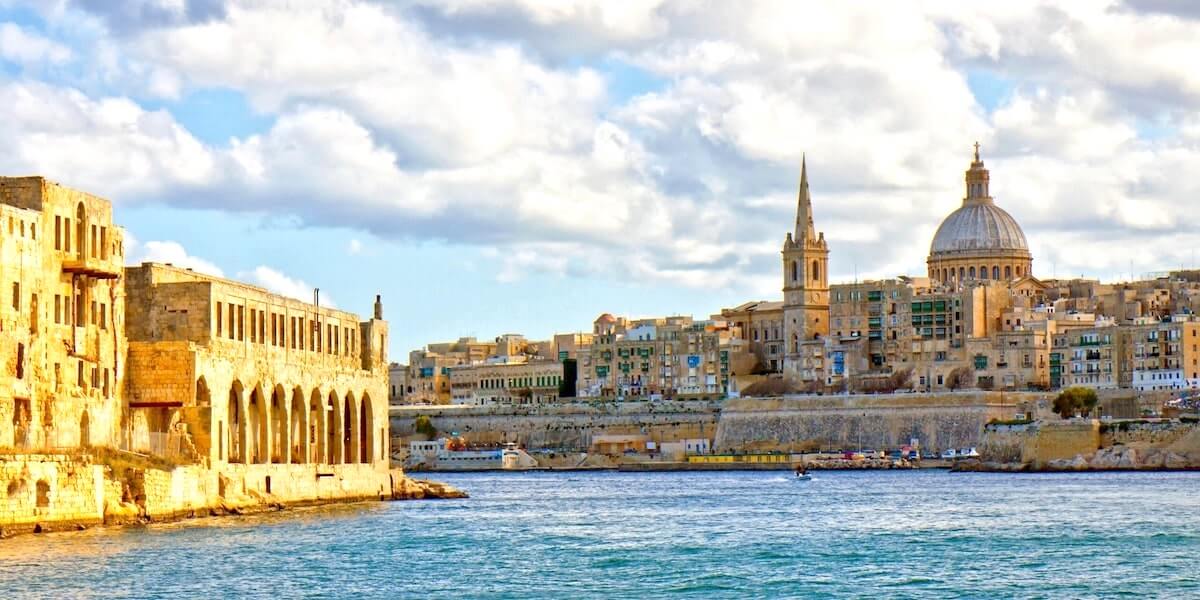
Considering a travel to Malta? Then, before you pack your bags, discover the essentials about this small island state. Useful and sometimes surprising information about the Mediterranean archipelago of Malta.